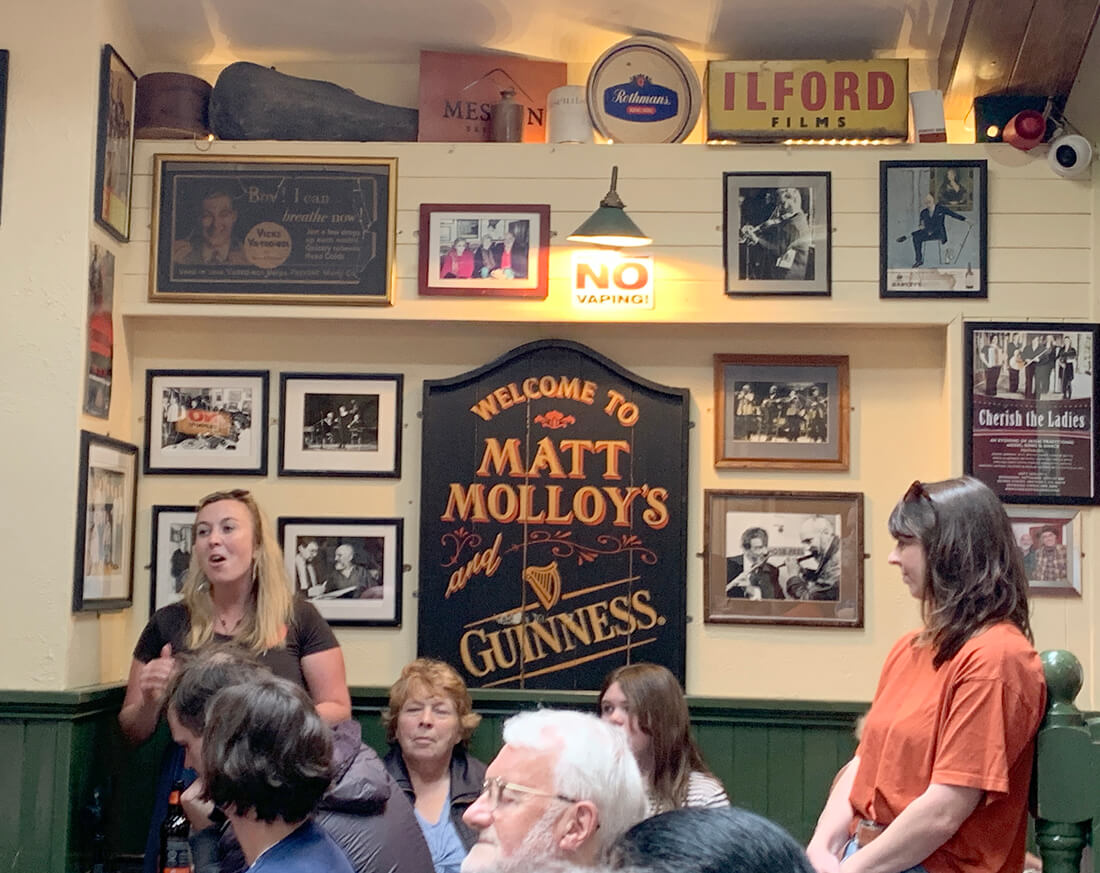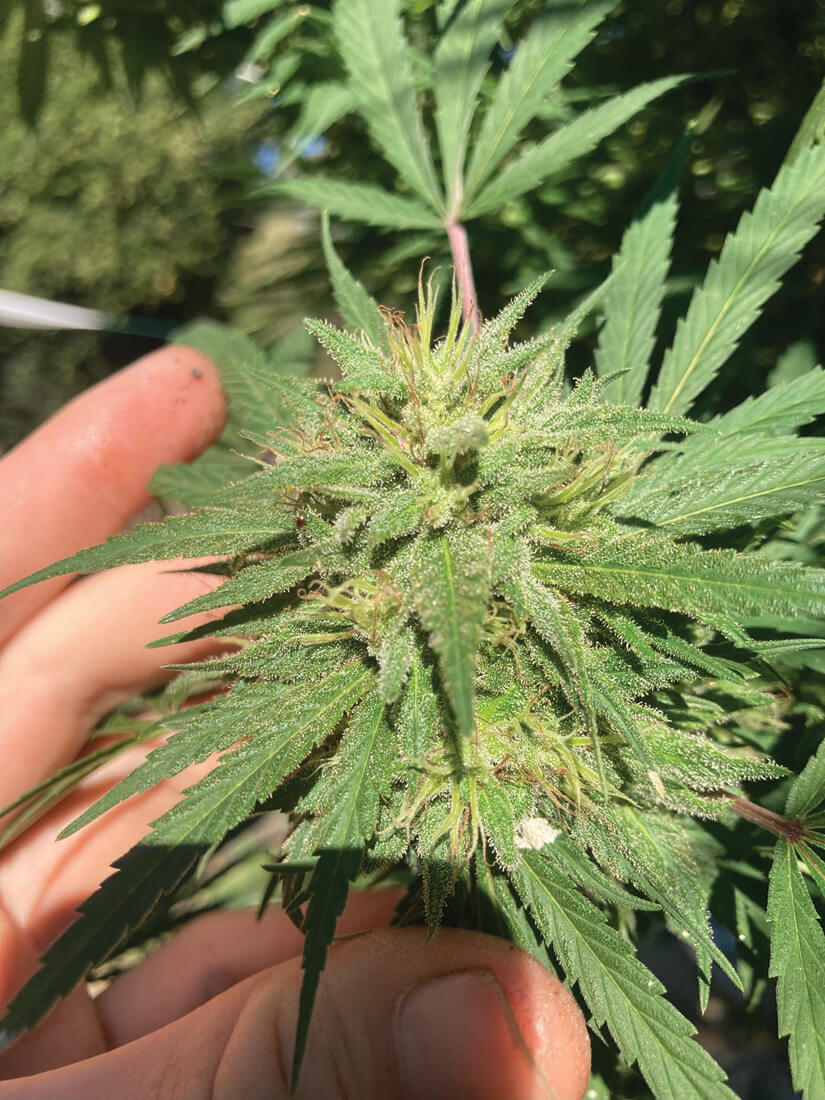An Irish AdventureYears ago, a friend gave me some of the best advice about parenting that I ever got: everything youâve always heard about it is true.
And guess what? We found the same could be said of Ireland and her people.
Weâd originally planned our first trip to Ireland for my 65th birthday in 2020, but the coronavirus had other ideas. This year, we finally made it.
Countless movies, plays, TV shows and popular writing reinforce the stereotypes about the Irish: They take every opportunity to tell stories (and are really gifted at it), though you canât always tell the truth from the blarney. They cherish sad and sentimental songs. Theyâre largely rural folk, farming and raising sheep and cattle. Their weather is usually rough. Their diet is pretty basic. They do love their drink, and are master brewers and distillers. Sunday afternoon poetry reading in Open Session at Matt Molloyâs pub, Westport, County Mayo in Ireland |
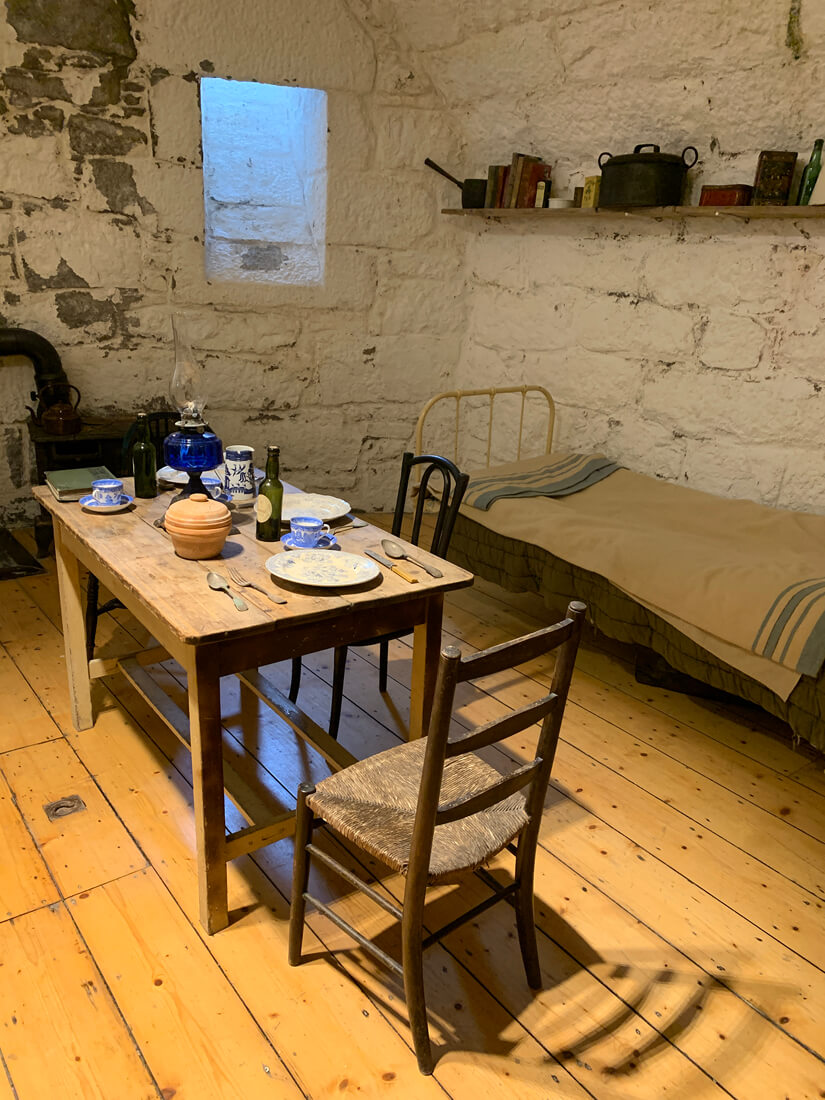 Inside James Joyce Tower at Sandycove, Dublin. For six days in 1904, Joyce lived in one of some 50 Martello towers built In the early 19th century on and around Irelandâs eastern coast as small defensive forts to defend against a potential Napoleonic invasion. in this room Joyce composed what would become the first chapter of âUlysses.â The stereotypes of the Irish may all be true but while American cultural and culinary pollutio Beneath the pop culture images, though, itâs easy to overlook Irelandâs depth and complexity. Through its educational system, Ireland nurtures, develops, and inspires a wide variety of artistic talent, and has produced some of the worldâs greatest literature, as well as musical and dramatic performers. Theyâve got a uniquely sardonic sense of humor. They share a keen sense of history, having experienced so much tragedy and hardship over the centuries, and are eager to impart that knowledge. The food they produce is world class. And as individuals, they have an unforced grace and eloquence that is constantly on display everywhere.
We quickly lost track of the number of times my wife and I said to each other, âWell, you certainly donât see this at home.â While their small and winding roads can be a real challenge, even for confident and experienced drivers (I was warned, but still unprepared), drivers are skilled, courteous, and for the most part stick closely to the speed limit. The one exception we encountered was German cars like Audi, BMW, Mercedes Benz, and even higher-end Volkswagens. The drivers of lorries (trucks) and coaches (buses) were frankly incredible, expertly maneuvering their enormous vehicles in spaces so tight I would have been nervous for an ordinary passenger car.
Cyclists, of which there were many, were also law-abiding and courteous. One even stopped to let me cross the street as a pedestrian, after I had motioned him through! By contrast, LA cyclists are among the worstâroutinely straying out of their lanes into traffic and flouting all traffic safety laws.
Irish people tend to be quite musical, even those lacking formal training. One of our most enjoyable experiences was in Matt Molloyâs Bar in Westport, where we joined a Sunday afternoon session that was like a â50s hootenanny. Performers were just ordinary folks who had something to shareâa song, a poem, an essay. But unlike âopen micâ nights at home, where jaded audiences are often indifferent at best but rude and abusive at worst, this audience of maybe 75 people of all ages was quiet, polite, respectful, and uninhibited about singing along (and they knew the lyrics!)
Itâs been striking how pervasive American musical influences are over here, still. Itâs not only because performers like Bob Dylan, Simon & Garfunkel, and Johnny Cash had some Irish musical roots or toured successfully here; itâs also because American popular culture remains, well, enormously popular. It was deeply moving to hear a whole roomful of Irish folks singing all the lyrics to Dylanâs âI Shall Be Released,â Cashâs âRing of Fire,â and even pop songs like âRuby Donât Take Your Love to Townâ and âRhinestone Cowboy.â And after those singalongs, Iâll never be able to hear Ewan MacCollâs âDirty Old Townâ or Francey McPeakeâs âWill Ye Go, Lassie, Goâ (which you may know from the Byrdsâ sublime âWild Mountain Thymeâ) without a lump in my throat.
 | 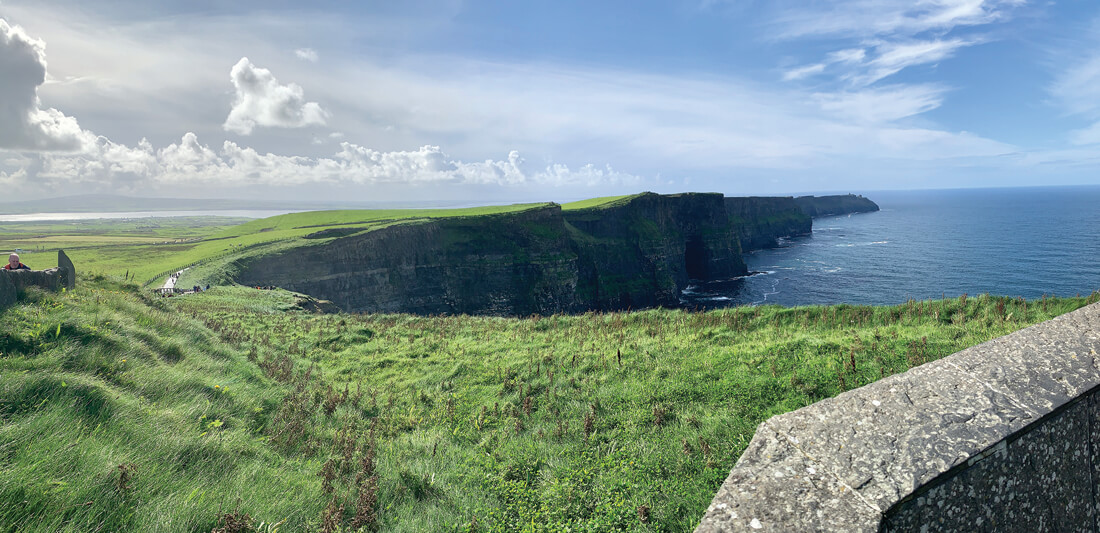 Dramatic coastline and popular tourist and hiking destination off Irelandâs southwestern coast in the Burren region of County Clare, gateway to the scenic drive known as the âWâ. Movie stars, TV series, fashions, fast food. It felt like American cultural and culinary pollution had seeped in everywhere. Youâll find the same food items in almost every pub: burgers, chicken wings, pizza, lasagna, pasta. I only found shepherdâs pie in one restaurant; an Irish fish pie in a few others.
The draught beers, of course, are sublime. Guinness Stout is ubiquitous, and every barman and barmaid has been trained to deliver the same perfect pull: not more than 1/2â of a perfect creamy head atop a deep ruby-red pint (an Imperial pint is 20 oz., 25% more than American pints, so slow your roll when youâre downing this stuff; it creeps up on you.) Guinness is much more than a beer; thereâs no American equivalent. Itâs literally a national symbol as well as an international brand, with a proud reputation reaching back 264 years. In fact, the national symbol of the Republic of Ireland, which gained independence from the UK and became the Irish Free State in 1922, is a Celtic harp. But the rendering the new Irish government wanted to use had already been trademarked by Guinnessâwhich insisted on retaining it, so the government deferred and flipped the image left to right.
 | 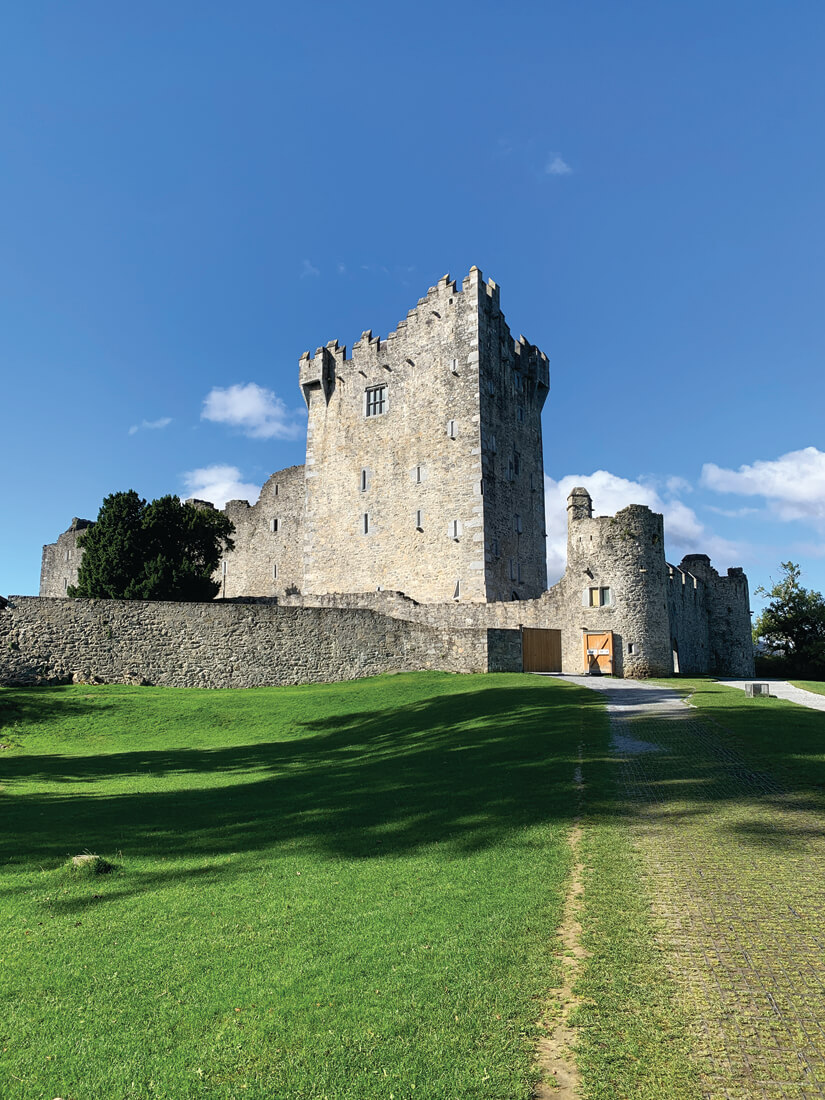 Ross Castle, thought to have been built by the Irish chieftain OâDonoghue MĂłr in the 15th century, the last holdout in the province of Munster against the English invading forces of Oliver Cromwell. The âEmerald Isleâ is no misnomer. Ireland is easily the lushest place weâve ever visited. Coming from arid Southern California, where we take our desert climate and terrain for granted, itâs easy to forget what fields of green actually look like. Youâll drive for miles on your little ribbon of perfectly paved 1½-lane L road and see nothing but greenery in every direction, trees, grass, flowers, and hedgerows on one or both sides of the road. | 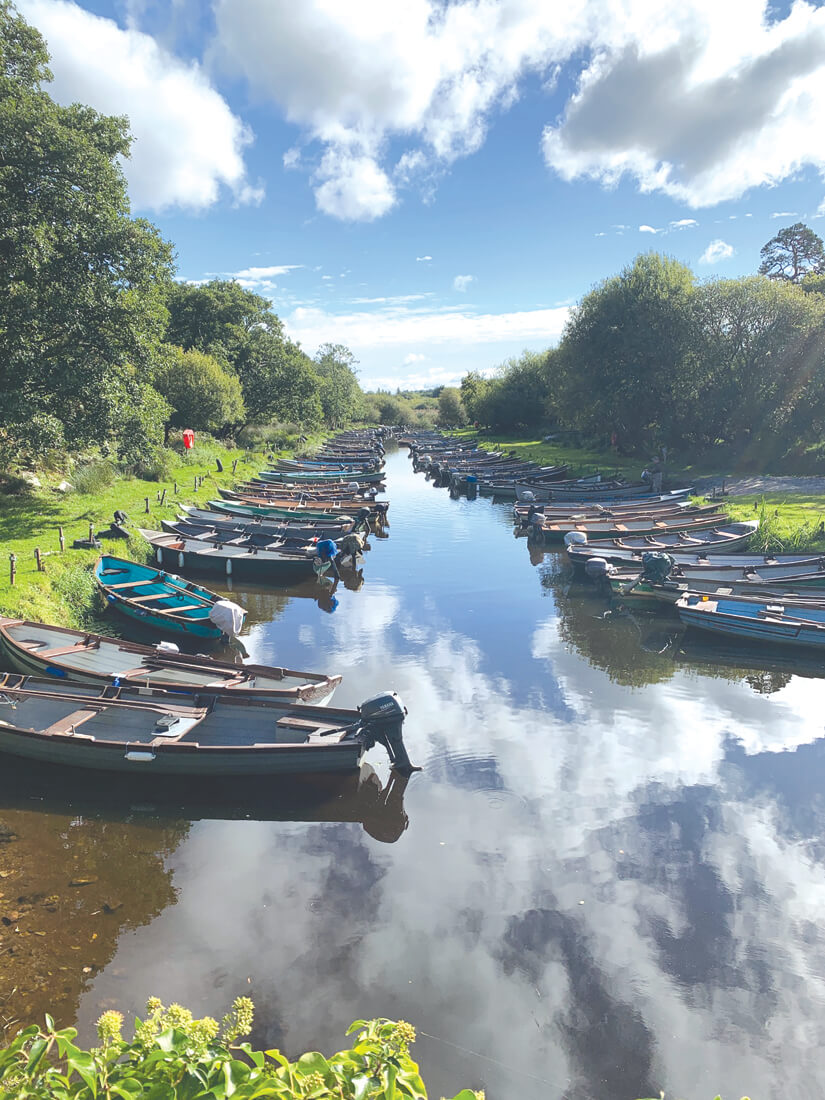 Boats for rent at Ross Castle near Lough Leanne in Killarney, County Kerry. But Iâm not sure it will be the stunning sights like the Cliffs of Moher, the Ring of Kerry, or the Wicklow Mountainsâor even the plaintive tunes of the uilleann pipes and the somber beat of the bhodrĂĄn that Iâll remember most. It will more likely be the warmth and kindness of the proud Irish people who were so quick to welcome, to assist, to entertain and to educate this pair of American visitors to their ancient and beautiful country. | 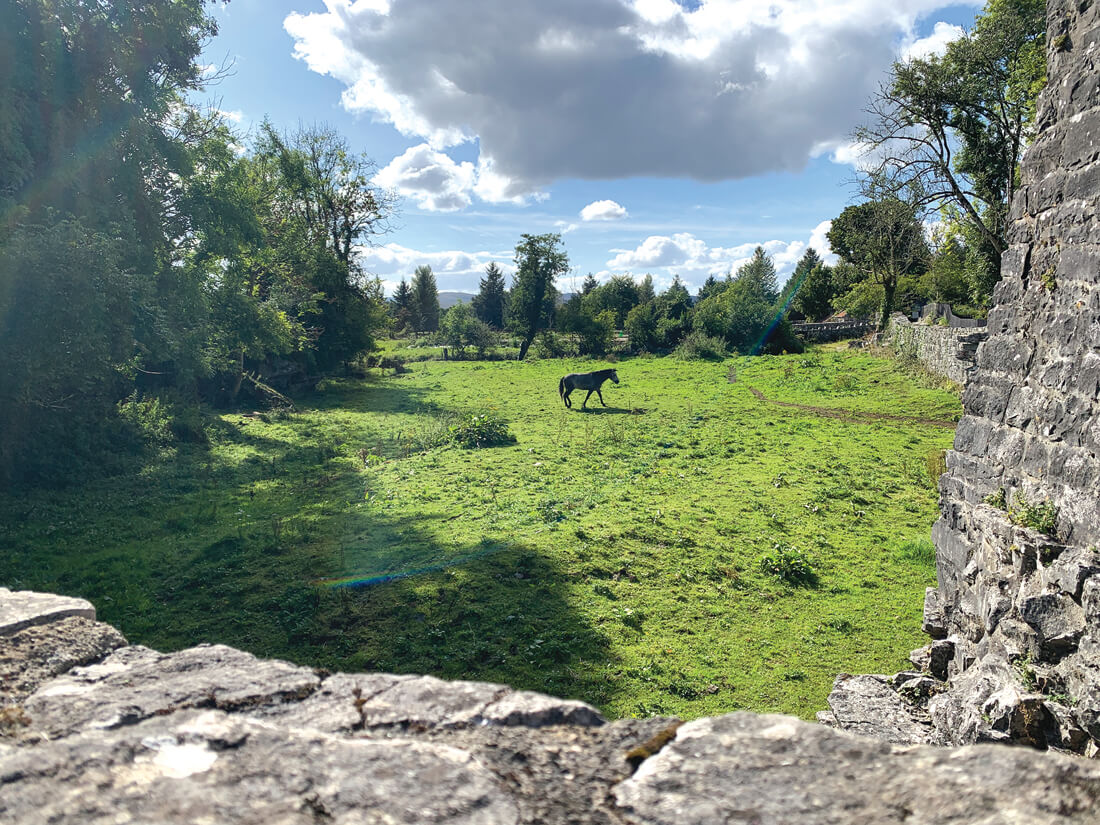 View from Aughnanure Castle, tower house of the fearsome OâFlaherty family who ruled in the western Connacht province for 300 years. | | | | | | | | | | |
|
|
|
|
|





